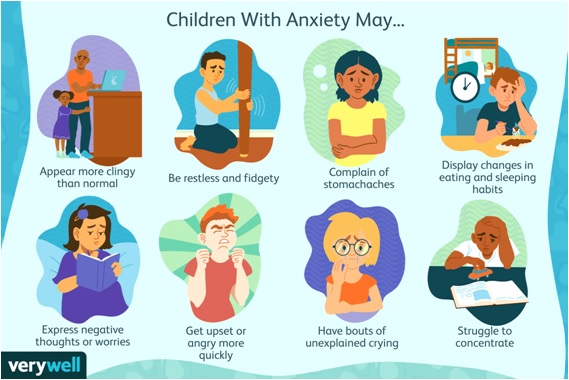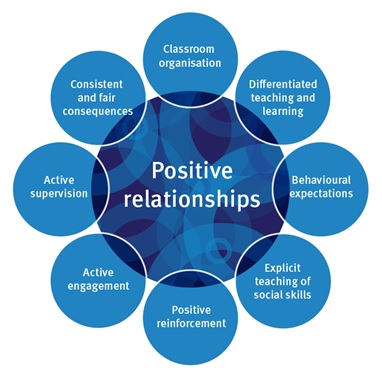
We all know the feeling of being a new student and entering a class for the first time. Keeping all emotions bottled up and facing a room full of blank and empty faces can be a daunting experience. Let's just say new student anxiety is real and that is exactly why you as an educator must do everything in your power to make new students feel welcome.
As new students, they are completely fixated out of their comfort zone, and hence being greeted by a friendly and familiar face goes a long way in making them feel comfortable. Keep reading on to learn how you can build rapport from the very first day.
Why Is It Essential To Make Students Feel Welcomed?
Moving to a new school is a major life-changing event, especially for younger children. They experience a completely different setting and learn to make friends and peers and form bonds of trust outside the home. However, this cannot be totally possible without the involvement of teachers.

Therefore, here are some reasons why you should make students feel welcome:
If you are a warm and approachable teacher, your students will trust and follow you as they do not possess a strong sense of self-confidence yet. This will build a healthy relationship and put them in the best position to grow and flourish.
The emotional and social health of a student is as essential as their academic standing and performance. Students should not feel intimidated or isolated and hence welcoming them ensures their physical safety and well-being.
If the students feel engaged, safe, and comfortable they will be able to properly focus on their academics. Without a warm and secure learning environment, it is most likely that academics will be the last thing running through their mind.
As teachers, you can make an immediate impact on the students by signaling that a new student has joined the class. This will ensure that the new student is approached during recess, at lunch, or even on the bus. Such instances will foster new friendship bonds.
Strategies To Welcome Students On Their First Day
Here is a list of best practices that should be employed by the classroom teacher:

1. Prep The Class
Before bringing in the student, it is a good idea to prepare your class by announcing the new addition. Make the kids aware so that the new student gets a lot of help while setting in. Once your students are ready for meeting and greeting your new friend, you can then ensure that all the required furniture and desk plate is in position. Do not forget stationery or any technical device that is required to sit for the class.
2. Use Names From Day One
Remember the new names as quickly as possible and start calling them by their names. Ask your students also to do the same by creating name cards or other props. This will create a sense of familiarity and make the new student feel comfortable and valued. This will reduce homesickness and boost the interest in coming to class every day thereby minimizing absenteeism.
3. Introduce Them To The Class
While welcoming your new student you can either ask them to introduce themselves to the class or, you can do the same for them. Create ice breaker or get-to-know-you games to lift nervousness and anxiety from the environment. You can also model a storytelling session where you share your story and ask the newbies to do the same. In this way, even your established students can learn a lot about you and others.
4. Allocate A Buddy
No one likes to return to a class where they do not have any friends. Thus, from the first day itself, allocate a buddy for your new student and make sure you are choosing the right one. Ask your class to volunteer and then you can select the one who is the most reliable, engaged, active, friendly, and confident. And just like that who knows you might have matched the best buddies for life.
5. Connect With The Parents
The final piece of the new student puzzle is to meet the parents. Once your students have adjusted for a week or two, you can schedule a meet and greet with the parents. Invite the parents to come down to the school and let them know it is just a catch-up session and nothing serious. Parents will definitely be more than eager to learn how their kids are settling into the new environment. You can also give a parent handbook to ensure they have all the required information.
Make The Transition Successful
Make the new experience for the new student blissful and fun. Be creative without neglecting the core basics and welcome your students with warmth and comfort. Anchor your creative facade with a strong underlying foundation through dynamic leadership as a classroom teacher. In case you are anxious and are wondering how to get along with a new addition, consider pursuing International Teaching Diploma (ITD) course to greet and support them.